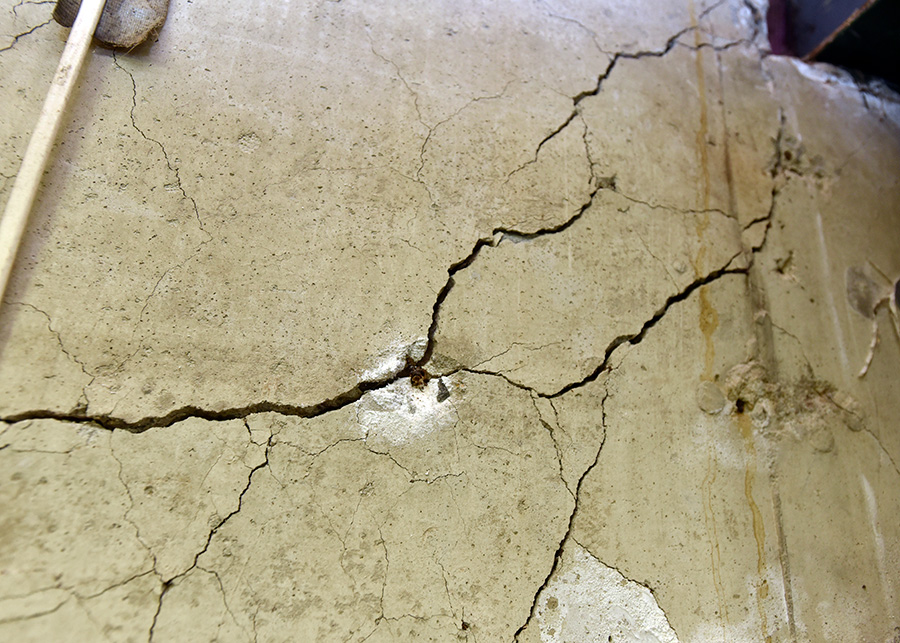Your Home May Be One of the Affected Houses
Tolland County Foundation Replacement is a firm specializing in the replacement of foundations in specific homes across Connecticut and Massachusetts. It's a known fact that a substantial number of houses in our vicinity grapple with inherent vulnerabilities in their foundation concrete, leading to potential crumbling issues.
We underscore the quality of our work by providing a one-year warranty on all construction projects, reaffirming our commitment to excellence and customer satisfaction. No project is beyond our scope – whether it's a modest home or an expansive condominium complex, our team is equipped and ready to handle it all.
Over 34,000 Homes With Pyrrhotite in the Concrete
It is estimated that around 34,000 homes, constructed in northeastern Connecticut and southern Massachusetts between 1983 and 2000, may possess concrete foundations that contain pyrrhotite. This places these properties at significant risk of experiencing cracking or crumbling foundations. The issue is widespread, affecting an estimated 42 towns.
Homeowners who had their foundations installed by JJ Mottes, based in Stafford Springs, CT, between 1983 and 2015 may be particularly affected. The concrete used could contain pyrrhotite, an iron sulfide mineral.
Pyrrhotite is naturally found in aggregates such as gravel, sand, or stone, which are components typically combined with cement to create concrete.
When pyrrhotite is exposed to oxygen and water, it instigates a series of chemical reactions and expansions, resulting in potential cracks or holes in the concrete. Over time, these cracks can grow, jeopardizing the structural integrity of the building.
These cracks often start small, and can take anywhere from 10 to over 30 years to become noticeable. Horizontal cracks or those that branch out like a spider web are particularly concerning. You may also see rust-colored residue or white powder appearing, and the concrete walls might display a flaky texture and appearance. As the concrete deteriorates, it often compromises the structural soundness of the building, and unfortunately, the damage is irreversible.
The first reports of crumbling foundations emerged in 2015. By May 2017, over 550 homes with faulty foundations had been reported to the Connecticut Department of Consumer Protection (CDCP). Subsequently, in December 2017, the CDCP started processing 522 verified reports to ascertain eligibility for compensation.
Since the crumbling foundation problem is a known, widespread issue, state and insurance company funding may be available to help cover the costs of replacing your home's foundation.
Testing for Foundations That May Contain Pyrrhotite
If your residence is located within the vulnerable regions of Connecticut or Massachusetts, and you suspect it may be afflicted by the crumbling foundation issue due to the presence of pyrrhotite, Tolland County Foundation Replacement is equipped to conduct the necessary testing. Our core testing process involves taking samples from your home's foundation and examining them for signs of deterioration.
Residents in Connecticut may be eligible for reimbursement for core testing and/or visual inspections of foundations, thanks to a program launched by Governor Malloy. This program is administered by the Department of Housing in conjunction with the Capitol Region Council of Governments (CRCOG), and covers private homes, condominiums, and planned unit developments.
Applications for this program are evaluated by the CRCOG on a monthly basis. If your application is approved, and was submitted by the end of the month, you can expect the payout during the second or third week of the subsequent month.
